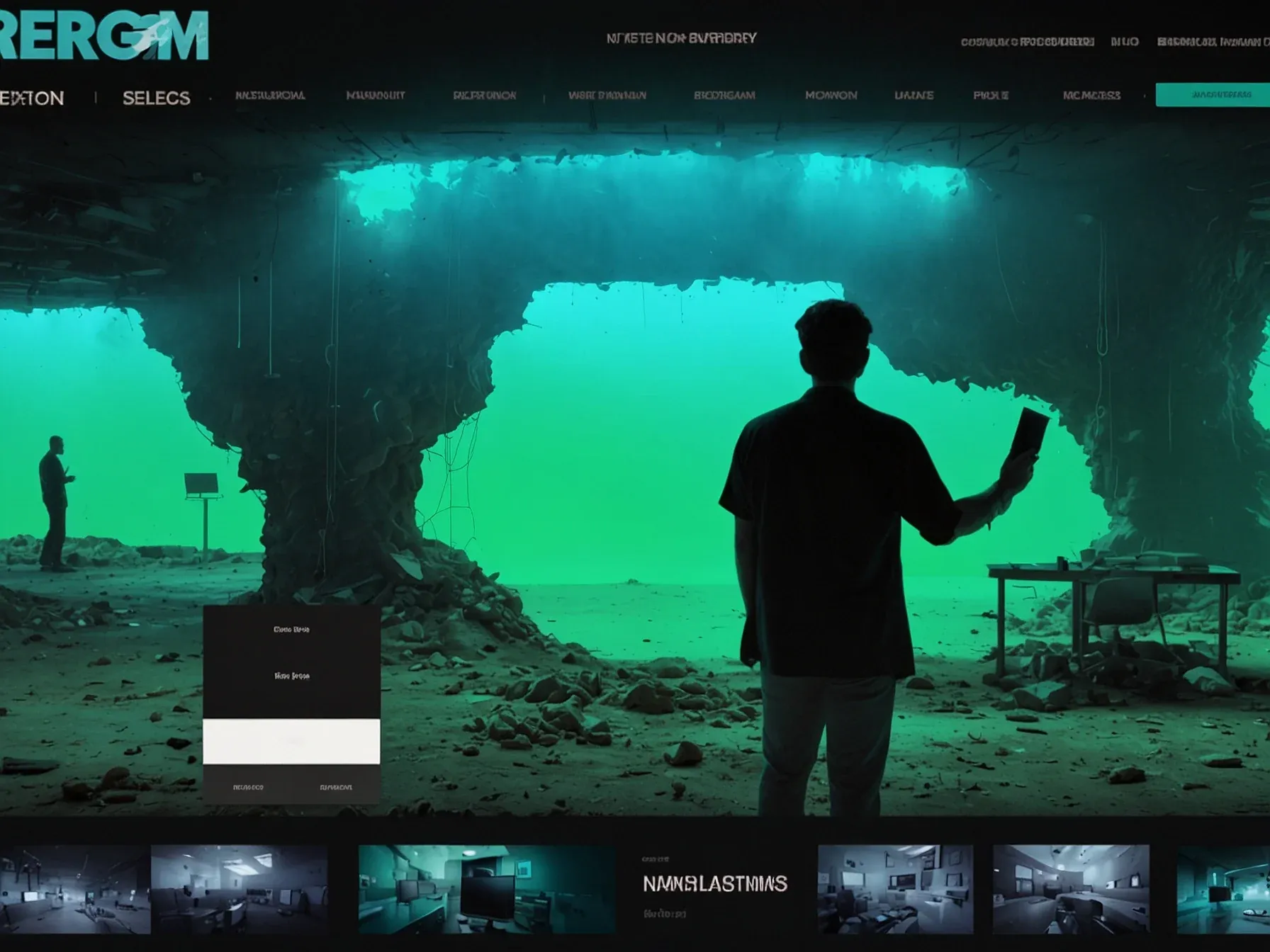
Researchers push Context Engineering 2.0 as AI moves from Era 2.0 to 3.0
Why does the notion of “Era 2.0” matter now? Because the limits of today’s language models are showing up in plain sight. While the tech is impressive, researchers keep hitting a familiar wall: as the context window expands, accuracy slips.
Half‑filled memory slots already trigger degradation, and the math is unforgiving—doubling the context doesn’t just double the load; it quadruples it. Here’s the thing: without a strategy to keep long‑term information coherent, AI struggles to remember anything beyond a fleeting prompt. The paper titled “Context Engineering 2.0” argues that a new approach is needed if we want machines to retain knowledge over a lifetime.
The authors propose a shift in how we think about memory, moving beyond ad‑hoc tricks toward a systematic framework. But the stakes are clear—without that shift, scaling context will keep grinding performance down. According to the researchers, “We are currently in Era 2.0, transitioning to Era 3.0.”
According to the researchers, "We are currently in Era 2.0, transitioning to Era 3.0." The paper highlights a familiar issue: models lose accuracy as context grows. Many systems start degrading even when their memory is only half full. Doubling the context does not double the workload, it quadruples it.
Transformer models compare every token with every other token, resulting in about 1 million comparisons for 1,000 tokens and roughly 100 million for 10,000. A quick aside: all of this is why feeding an entire PDF into a chat window is usually a bad idea when you only need a few pages. Models work better when the input is trimmed to what matters, but most chat interfaces ignore this because it's hard to teach users to manage context instead of uploading everything.
Some companies imagine a perfectly accurate, generative AI-powered company search, but in practice, context engineering and prompt engineering still need to work together. Generative search can be great for exploration, but there's no guarantee it will return exactly what you asked for. To understand what the model can do, you need to understand what it knows, which is context engineering in a nutshell.
The Semantic Operating System The researchers argue that a Semantic Operating System could overcome these limitations by storing and managing context in a more durable, structured way. They outline four required capabilities: - Large-scale semantic storage that captures meaning, not just raw data. - Human-like memory management that can add, modify, and forget information intentionally.
- New architectures that handle time and sequence more effectively than transformers. - Built-in interpretability so users can inspect, verify, and correct the system's reasoning. The paper reviews several methods for processing textual context.
What does the proposed shift imply for everyday AI? Researchers argue that moving from Era 2.0 to Era 3.0 will require a Semantic Operating System capable of storing, updating, and forgetting information across decades, mimicking human memory. Yet, the paper admits current models already falter when their context windows fill only halfway; accuracy drops and workload spikes, with a doubled context inflating processing demands fourfold.
Consequently, the promised lifelong memory hinges on solving these scaling bottlenecks. While the authors frame Context Engineering 2.0 as a fundamental overhaul, it remains unclear whether the architecture can sustain performance without prohibitive computational costs. Performance may suffer.
Moreover, the notion of “forgetting” in a machine context raises questions about control and reliability that the article does not resolve. If successful, such a system could extend AI’s usefulness beyond fleeting interactions. Until empirical results demonstrate stable operation over extended periods, the vision stays speculative.
The research marks a clear call for deeper investigation rather than a finished solution.
Further Reading
- Context Engineering 2.0 - arXiv
- Researchers push "Context Engineering 2.0" as the road to lifelong AI memory - The Decoder
- Why Context Engineering Tops AI Skills Forecast for 2025 - AI CERTs
- Context Engineering 2.0: The End of Prompting and the Dawn of a New AI Architecture - GoPenAI Blog
- Context Engineering 2.0, Kimi K2 Thinking, Windsurf Codemaps ... - AI Agents Weekly
Common Questions Answered
What defines the transition from Era 2.0 to Era 3.0 according to the researchers?
The transition is defined by the need for a Semantic Operating System that can store, update, and forget information over decades, mimicking human memory. Researchers argue that only with such a system can AI move beyond the short‑term limits of Era 2.0 and achieve lifelong memory capabilities.
How does increasing the context window affect the computational workload of Transformer models?
Transformer models compare every token with every other token, so the number of comparisons grows quadratically. Doubling the context window does not double the workload; it roughly quadruples it, turning 1 million comparisons for 1,000 tokens into about 100 million for 10,000 tokens.
At what point do language models begin to lose accuracy within their context windows?
Models start degrading when their memory slots are only half full, a condition the paper describes as “half‑filled memory slots already trigger degradation.” This early loss of accuracy signals the limits of current Era 2.0 architectures.
What role does a Semantic Operating System play in achieving lifelong memory for AI in Era 3.0?
A Semantic Operating System would manage the continuous storage, updating, and selective forgetting of information across long time spans, similar to human memory processes. By handling these tasks, it enables AI to maintain coherent long‑term knowledge despite expanding context windows.




